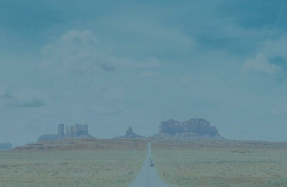
AS THE YELLOWSTONE RIVER rose in June, sandbag walls sprouted like Lego sets throughout the city of Livingston, Montana, population about 8,000. People moved valuables into their cars, ready to hit the road. Hundreds of structures in town were evacuated, including my house, which is located in a so-called 500-year floodplain — a zone with a .2% annual risk of flooding. The high muddy water, later deemed a 500-year flood, caused millions of dollars of damage in the region.
Waiting it out at a friend’s place on higher ground, uncertain about the fate of my own home, I realized that the map lines that inform official thinking about flood risk had abruptly become tangible to me. For most people, floodplain maps are difficult to find and even tougher to understand. The city’s map — a hodgepodge of smudges, lines and blots — is like






